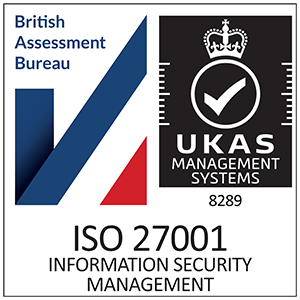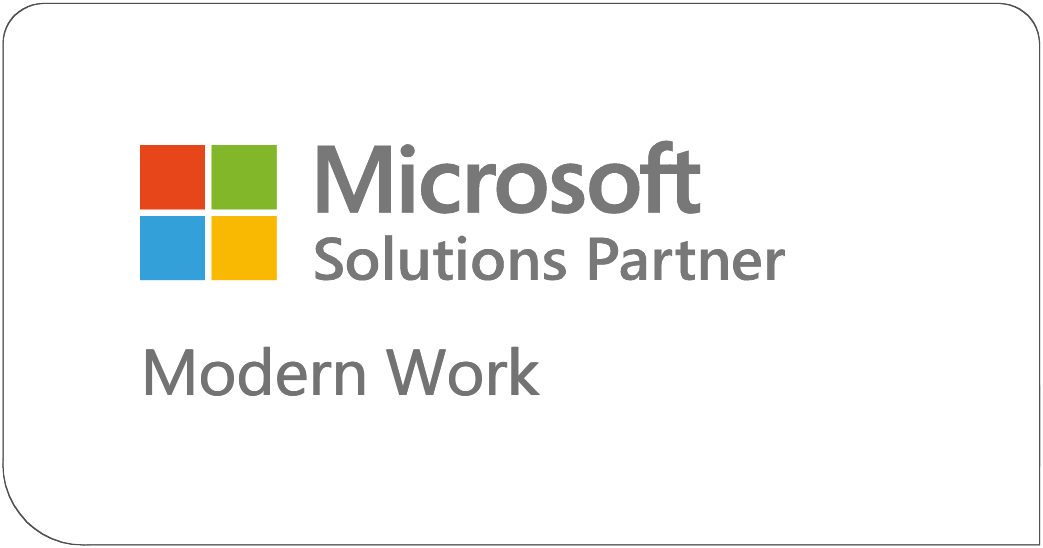In 2025, staying connected is more crucial than ever. As we move further into the digital age, traditional phone systems are quickly becoming relics of the past. If you’re still clinging to an outdated system, you might be wondering: Is upgrading really worth the hassle? The answer is a resounding yes, and here’s why it’s easier than you think. Gone are the days when upgrading your communication system meant weeks of downtime and a complete overhaul of your infrastructure. Today’s cloud-based solutions offer a wealth of features and cost savings, with a transition process that’s smoother than ever. Let’s dive into the key elements of a successful upgrade and explore how you can modernise your communication system without breaking a sweat.
Understanding the Need for Upgrade
Before we delve into the how, let’s address the why. Traditional phone systems, while familiar, are increasingly becoming a liability in today’s business environment. They lack the flexibility, scalability, and advanced features that modern businesses need to stay competitive. Moreover, as technology advances, finding support and replacement parts for older systems is becoming more challenging and expensive.On the flip side, modern communication systems offer a plethora of benefits:
- Enhanced Flexibility: With cloud-based systems, your team can work from anywhere, anytime, using any device. This is particularly crucial in our post-pandemic world where remote and hybrid work models have become the norm.
- Cost-Effectiveness: Cloud systems typically operate on a subscription model, eliminating the need for hefty upfront investments in hardware. They also reduce maintenance costs and often include free updates.
- Scalability: As your business grows, your communication system can easily grow with you. Adding new users or features is often as simple as a few clicks.
- Advanced Features: Modern systems come packed with features like video conferencing, instant messaging, file sharing, and integration with other business tools, boosting productivity and collaboration.
- Improved Customer Service: Features like call routing, voicemail-to-email, and interactive voice response (IVR) can significantly enhance your customer experience.
Now that we’ve established the why, let’s break down the how into manageable steps.
Step 1: Assessing Your Current Setup
The first step in any successful upgrade is a thorough assessment of your current system. This isn’t just about counting phones; it’s about understanding your entire communication ecosystem. Here’s what you need to consider:
- Hardware Inventory: Take stock of all your current communication devices. This includes desk phones, conference room equipment, and any mobile devices used for work.
- Software and Services: List all the communication software and services you’re currently using. This might include your phone system software, video conferencing tools, instant messaging platforms, and any integrations with other business systems.
- Network Infrastructure: Evaluate your current network capabilities. Modern communication systems, especially those with video features, require robust and reliable internet connections.
- Usage Patterns: Analyse how your team currently uses your communication tools. Which features are most used? Are there any pain points or inefficiencies?
- Future Needs: Consider your business growth plans. Will you be adding new locations? Expanding your team? Your new system should be able to accommodate your future needs.
This assessment will give you a clear picture of what you have, what you need, and what gaps need to be filled.
Step 2: Defining Your Requirements
With a clear understanding of your current setup, it’s time to define what you need from your new system. This step is crucial in ensuring that your upgrade truly meets your business needs. Here are some key areas to consider:
- Core Features: What are the must-have features for your business? This might include call forwarding, voicemail-to-email, auto-attendant, or conference calling.
- Advanced Capabilities: Consider features that could enhance your operations, such as video conferencing, team collaboration tools, or integration with your CRM system.
- Mobility Requirements: How important is mobile access for your team? Do you need features like softphone applications for smartphones or the ability to transfer calls between devices seamlessly?
- Scalability: Consider your growth projections. How easy is it to add new users or locations to the system?
- Integration Capabilities: Think about the other tools your business uses. Can the new system integrate with your CRM, helpdesk, or productivity software?
- Security and Compliance: If your industry has specific security or compliance requirements, ensure the new system can meet these standards.
- Budget: While it’s important to focus on features, don’t forget to consider your budget. Remember to factor in not just the initial costs, but ongoing expenses as well.
Step 3: Choosing the Right Solution
With your requirements in hand, it’s time to start exploring solutions. The market is filled with options, from big-name providers to niche players specialising in specific industries. Here are some tips for making the right choice:
- Research: Start by researching different providers and solutions. Look for reviews, case studies, and testimonials from businesses similar to yours.
- Demos and Trials: Most providers offer demos or free trials. Take advantage of these to get a hands-on feel for the system.
- References: Don’t hesitate to ask providers for references from current clients. Speaking with businesses actually using the system can provide valuable insights.
- Support and Training: Consider the level of support and training offered by the provider. A smooth transition often depends on having good support.
- Future-Proofing: Look for providers with a strong track record of innovation. You want a system that will continue to evolve with your needs.
Step 4: Planning the Transition
Once you’ve chosen your new system, it’s time to plan the transition. This is where many upgrades can go off the rails, but with careful planning, you can ensure a smooth switch. Here’s what to consider:
- Timeline: Develop a realistic timeline for the transition. This should include time for setup, testing, and training.
- Phased Approach: Consider implementing the new system in phases. You might start with a small group of users before rolling out to the entire organisation.
- Data Migration: Plan for how you’ll migrate data from your old system to the new one. This might include contact lists, voicemail messages, and system settings.
- Network Preparations: Ensure your network infrastructure is ready for the new system. This might involve upgrading your internet connection or implementing Quality of Service (QoS) measures.
- User Training: Develop a comprehensive training plan for your team. This should cover not just how to use the new system, but also how it will improve their work.
- Contingency Planning: Have a backup plan in case of any issues during the transition. This might include keeping your old system running in parallel for a short period.
Step 5: Implementation and Beyond
With your plan in place, it’s time for implementation. Here are some key points to remember:
- Communication: Keep your team informed throughout the process. Clear communication can help manage expectations and reduce resistance to change.
- Testing: Thoroughly test the new system before going live. This includes testing all features, integrations, and potential scenarios.
- Feedback Loop: Establish a system for collecting feedback from users. This can help you identify and address any issues quickly.
- Ongoing Training: Learning doesn’t stop after the initial rollout. Plan for ongoing training to help your team make the most of the new system.
- Regular Reviews: Schedule regular reviews of your new system. This can help you ensure it continues to meet your needs and identify opportunities for further optimisation.
Embracing the Future of CommunicationUpgrading your communication system is more than just a technology change—it’s a step towards transforming how your business operates. Modern, cloud-based systems open doors to enhanced team collaboration, improved customer experiences, and data-driven insights that can drive better decision-making.
Moreover, these systems are designed to evolve with your business. As new technologies emerge, like AI-powered assistants or advanced analytics, your new system will be ready to incorporate these innovations, keeping your business at the cutting edge.
Remember, the goal isn’t just to replace your old phone system. It’s about creating a communication ecosystem that empowers your team, delights your customers, and drives your business forward. With the right approach and partner, your transition to a cutting-edge communication system can be straightforward and transformative.So, don’t let fear of change hold you back.
Embrace the future of communication, and watch as your business soars to new heights in the digital age. The future of work is calling—isn’t it time you answered?






